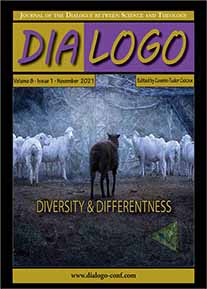Determination of essential elements and trace heavy metals in agricrops by photoneutron activation analysis and X-ray fluorescence methods
Determination of essential elements and trace heavy metals in agricrops by photoneutron activation analysis and X-ray fluorescence methods
Author(s): Cristiana Oprea, Cosmin Tudor Ciocan, Alexandru Oprea, Marina V. Gustova, Oleg D Maslov, Anatoly G. Belov, Pavel J. Szalansky, Ruxandra CiofuSubject(s): Environmental Geography
Published by: EDIS- Publishing Institution of the University of Zilina
Keywords: trace heavy metals; essential elements; photon neutron activation method; X-ray fluorescence; agricrops;
Summary/Abstract: Applicative researches in the field of environmental protection like X-ray fluorescence analysis, neutron activation analysis, and other methods, present real increasing importance related to the climate changes that can be observed nowadays. Scientific methods will enter step by step in our life, first of all, due to the accelerated technological development and due to the objective motivations of environmental monitoring necessary to take correct measures for the preservation and protection of nature on the Earth. Determination of some inorganic components, mainly heavy metals, in agricultural crops, is frequently required in health-related environmental studies, due to the high toxicity of trace amounts of such elements for the human organism. The main sources of trace elements to agricrops are their growing media, as soil-water-air ecosystem from which those nutrients are taken up by the root to the foliage. The goal of the present research was to determine the extent to which industrial inorganic pollutants are transferred to the crops. It was achieved by using multielement techniques as photon neutron activation method and X-ray fluorescence methods and statistical modeling in order to determine levels, pathways, and fate of toxic and non-toxic bioactive elements in selected agricrops along with the root soil. Some of the experimental trace metal values exceeded the threshold established by Romanian and EU regulations to protect vegetation and explain the estimated significant crop losses. Multivariate modeling by factor analysis and neural network simulation of the elemental concentration data showed always the component loaded with specific elements coming from industrial emissions. These kinds of studies are very requested regarding the vegetable meant for the human diet.
Journal: Dialogo
- Issue Year: 8/2021
- Issue No: 1
- Page Range: 55-60
- Page Count: 6
- Language: English

